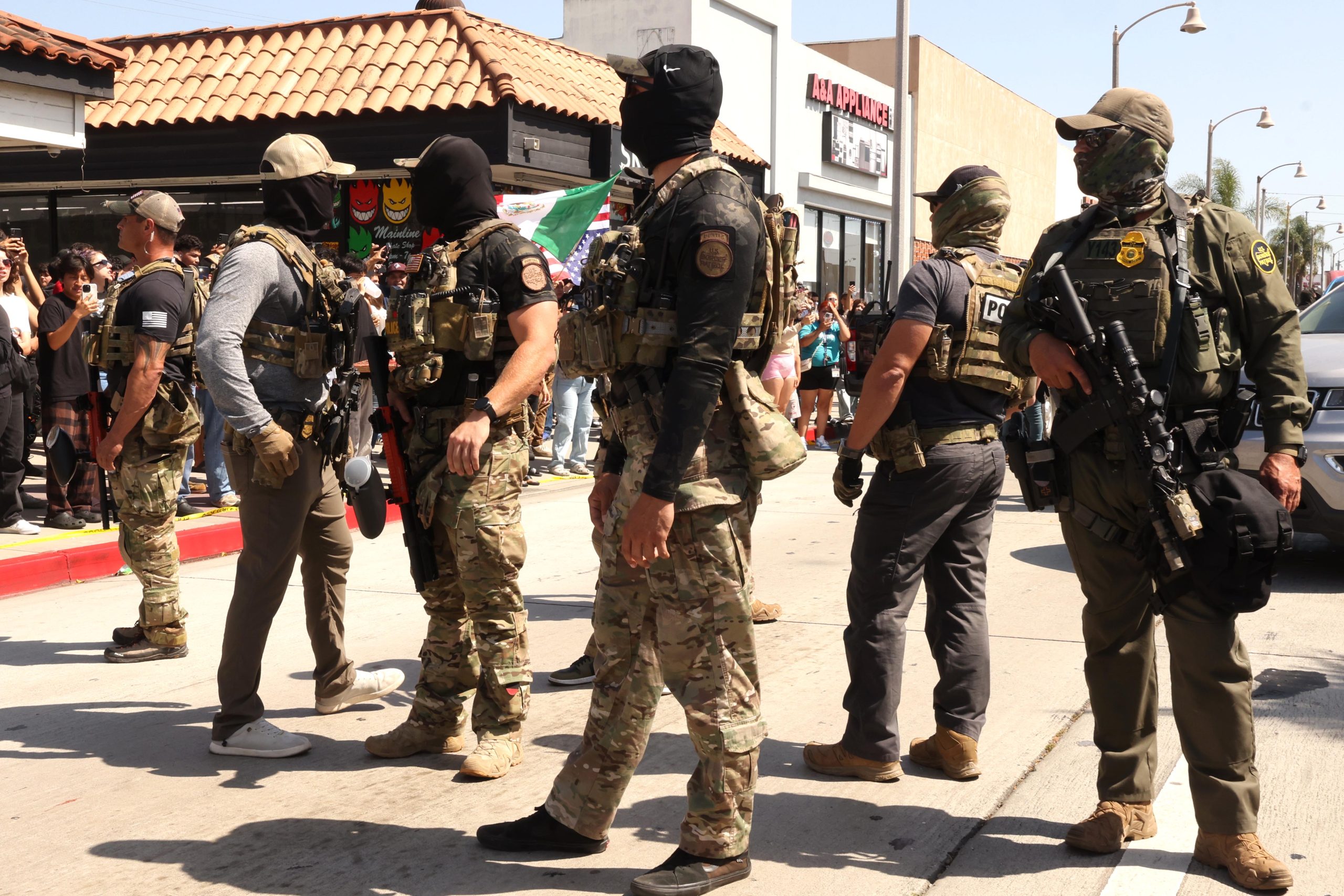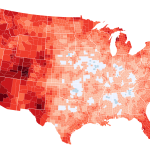The Supreme Court’s controversial decision to allow Immigration and Customs Enforcement (ICE) agents in Los Angeles to target individuals based on race and other factors has ignited a firestorm of criticism. In a 6-3 ruling issued on the shadow docket, the court overturned a lower court injunction that had previously prohibited ICE from using race, language, location, or a combination thereof, as the primary basis for immigration stops. This ruling effectively grants ICE broad powers in their enforcement practices, raising serious concerns about its implications for civil rights and due process.
Race as a Factor in Immigration Enforcement
The Supreme Court’s decision hinges on the interpretation of existing immigration laws, with the majority arguing that the use of these factors doesn’t constitute racial profiling. They contend that ICE agents are merely using observable characteristics as part of a broader investigation, and that targeting individuals based on these factors is permissible as long as it aligns with other reasonable suspicion. This interpretation, however, has been widely contested by legal experts and civil rights advocates. Critics argue that this ruling implicitly sanctions racial profiling, legitimizing discriminatory practices that disproportionately impact minority communities. The ruling specifically allows ICE agents to use “apparent race or ethnicity,” “speaking Spanish or accented English,” “presence in a particular location,” and a combination of these factors as justification for stops.
The Shadow Docket and its Implications
The decision’s issuance via the Supreme Court’s shadow docket—its practice of issuing rulings without full briefing and oral argument—further fuels the controversy. Critics argue that this process lacks the transparency and deliberation expected in major constitutional cases, raising questions about the thoroughness of the court’s review. The lack of a full hearing arguably prevented a more complete exploration of the potential ramifications of allowing race-based targeting. This lack of transparency has led to accusations that the court bypassed established legal procedures to reach a pre-determined outcome.
Potential Consequences and Ongoing Debate
This ruling has significant implications for the Latino community, particularly in Los Angeles, where Spanish is widely spoken. The potential for harassment and discriminatory treatment is undeniable, raising concerns about the erosion of trust between law enforcement and the communities they serve. The decision is expected to face further legal challenges and is likely to fuel ongoing debates about racial profiling, immigration enforcement, and the role of the Supreme Court in protecting civil rights. The legal battle is far from over, with advocates promising to continue their fight against the ruling through various legal avenues and public pressure. The long-term consequences of this decision remain uncertain, but its impact on the Latino community and the broader legal landscape is undeniably significant.
CONCLUSION: The Supreme Court’s decision to allow ICE to consider race in immigration stops represents a significant development with far-reaching consequences. The controversy surrounding the ruling highlights the ongoing tension between immigration enforcement and civil rights, and the need for a robust and transparent legal framework to safeguard the rights of all individuals. The debate surrounding this ruling will likely continue to shape the conversation on immigration policy and racial justice in the United States for years to come.
SOURCE INFORMATION:
Source: Adapted from information provided in the prompt, referencing Vox as the original source. Additional context and analysis added.
Based on materials: Vox





